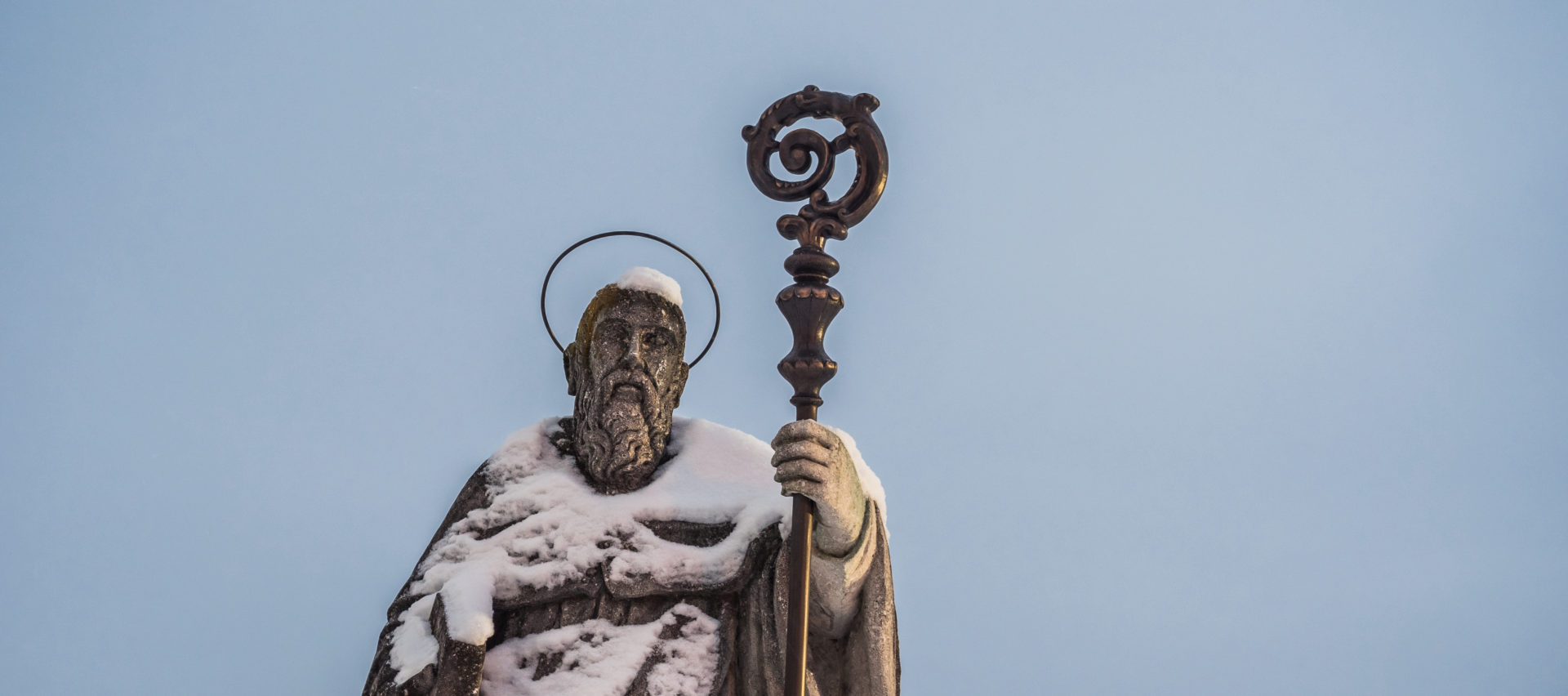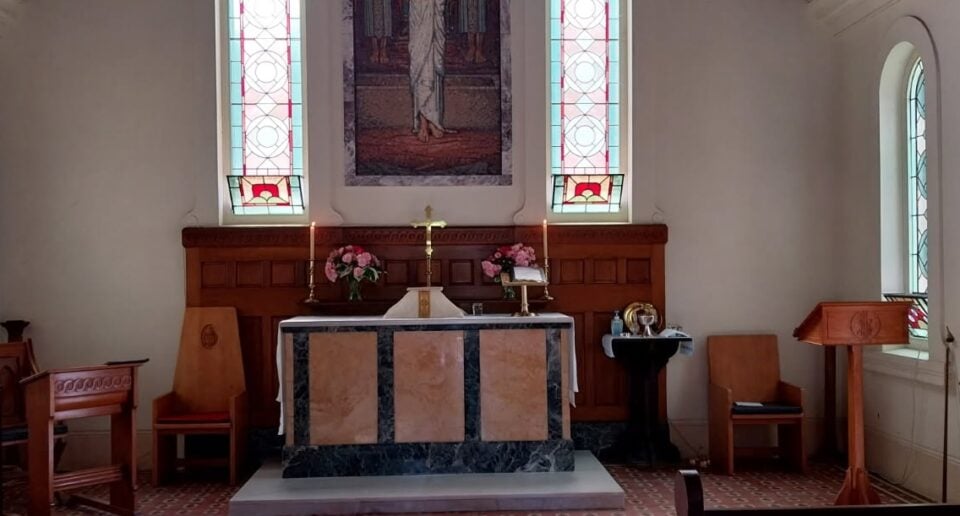Fr Grant Bullen from St Theodore’s Parish, Fullarton, reflects on the theme of his Lenten series for 2021 . . . “The Way of Benedict”
In 2017 a lively and controversial book hit the streets – ‘The Benedict Option: A Strategy for Christians in a Post-Christian Nation’. It was not exceptional in its scholarship, but the central idea and the context in which it appeared, made it fascinating. Indeed, The New York Times called it “the most important religious book of the decade.” Its author, Rod Dreher, is a well-known conservative commentator in the USA, and part of that coalition of conservative Christians who were so crucial in the election of Donald Trump as President.
In this book, however, Dreher broke step with his colleagues by saying that while it had been an achievement to defeat the liberal agenda (as represented by Hilary Clinton) in the 2016 election, it was only a short-term victory. For Christianity had already lost the war! America was already a post-Christian nation, and no amount of political action was going to change this. It was a waste of energy for Christians to form coalitions to challenge and change legislation.
Instead, Christians should withdraw from involvement in politics and create a genuinely alternative culture, separate and distinct from secular society. Christians should ‘retreat to the margins’ and build new intentional faith communities, built on the foundation of a more regular and disciplined spiritual practice; with a clear sense of moral distinctiveness; with a particular focus on nurturing and educating children in Christianity’s distinct and different priorities and demands. Dreher summarised his goal as being to “embrace exile from main-stream culture and construct a resilient counter-culture”. From this position of a renewed and deepened faith, embedded in Christian communities – as distinct from what he critiques as the superficial nature of the contemporary Church … “an insipid pseudo-Christianity” – Christianity would ‘one day’ be able to re-engage with society, and perhaps return to a central and influential position. His strategy is to “embrace a limited withdrawal from the world so Christians can more effectively show the love of God to it.”
So why did Dreher call his book ‘The Benedict Option’? Because he sees in the Benedict movement of the 6th century an historical basis and model for the Christian withdrawal and renewal he advocates.
My theological mentor, Rowan Williams, wrote a typically insightful review of ‘The Benedict Option’ in the New Statesman (May 2017) in which he made significant criticisms of Dreher’s argument. He parted company with Dreher’s “limited range of social threats to faith”, noting that the author seemed unhelpfully focused on what he described as ‘the LGBT agenda’. Rowan Williams does not agree . . . and wonders why the more obvious (and in Williams’ mind more dangerous) threats of a social, economic and political nature went unmentioned. But even more serious for Williams is Dreher’s call for Christians to disengage from mainline society. This “radical rejection of social involvement’ is faithless to a central vocational duty of incarnational Christianity. Williams says we are to be deeply engaged in society at all levels, bringing our unique insight to the debates and policies that shape our world.
And yet Williams admits his attraction to Dreher’s idea – that it is time for Christians to return to a model of intentional communities of faith and practice that offer a genuine alternative to the secular consumerist trends in western society. He says of ‘The Benedict Option’; “It puts a solid and appealing case for religious communities to be more serious about the disciplines that sustain prayer, compassion and integrity.”
And Rowan Williams, himself a credentialed Benedict scholar, does agree there is something about the historical ‘Benedict movement’ that speaks to the contemporary church. In the 5th century, the western empire – the Roman establishment within which the Christian faith spread and the Church prospered – this economic, political and social order declined, wobbled . . . and then collapsed. The societies of what we now call ‘western Europe’ were successfully invaded and colonised by ‘barbarians’ from the north. It was a time of chaos and violence, of economic collapse and mass migrations, and much of what was regarded as ‘civilised’ was lost. What history still calls the Dark Ages, began.
It was in this world that western monasticism, built on the Rule of Benedict, came to birth and flourished. Small (to begin with) intentional Christian communities, founded on an ordered life of prayer, study, labour and community life – all directed by the Christian Gospel – spread throughout the west. They became not only little islands of faith in the barbarian flood, but also islands of ‘lost civilisation’ – of books, scholarship, art, crafts and agriculture.
It was in these monastic refuges where the Christian faith was not only protected and preserved − but renewed, deepened and re-envisioned. And it was from these monasteries that Western civilisation as we know it, emerged to claim a central place in the culture of the west. (Benedict is sometimes called the Father of Western Civilisation and the Patron of Europe.) Hence Dreher’s attraction to the movement as a model for Christians in our time. In a new age of barbarism – as he sees it – this is the path for the church to follow.
And for all the reservations Rowan Williams has about ‘The Benedict Option’, it is an attraction that he (and I) also share.
This year’s Lenten Series – The Way of Benedict – is the second part of the exploration we began in 2020, for western monasticism grew directly out of the Desert Elders Movement. We will be looking at Benedict – the history, the Rule, and (most particularly) the way of ordered Christian living he articulated as the Way of Christ.
Personally, I found Dreher’s take on Benedict somewhat ‘thin’, and I am persuaded by Rowan Williams’s substantial critique. And yet I remain in strong sympathy with Dreher’s underlying question in ‘The Benedict Option’. Does the Benedict-movement model help 21st century Christians re-envision our life as church today?






